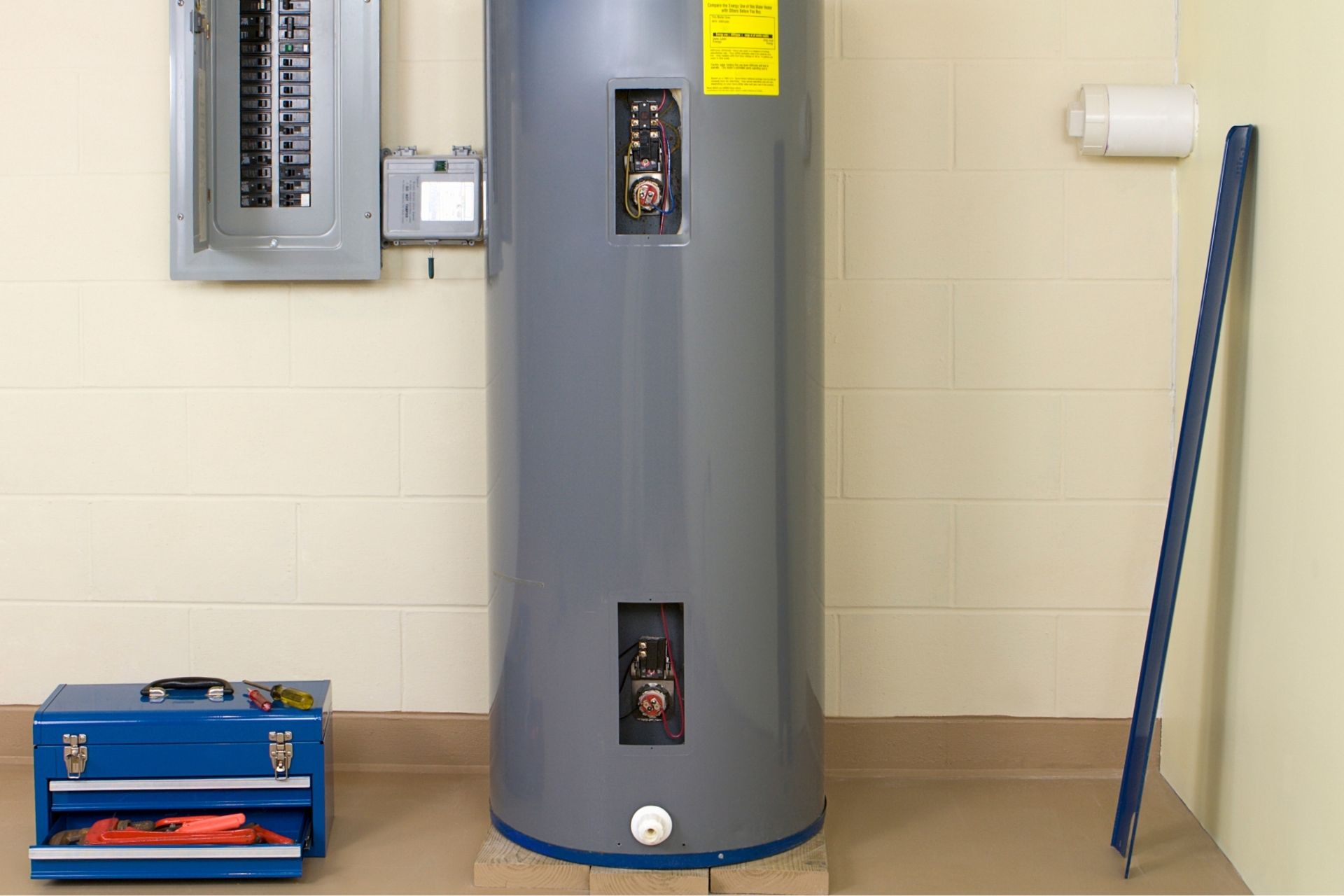Simple Methods to Care for Your Home's Hot Water System Properly
Simple Methods to Care for Your Home's Hot Water System Properly
Blog Article
What're your opinions about How to Maintain a Hot Water Heater in a Few Simple Steps?

Warm water is necessary for everyday comfort, whether it's for a rejuvenating shower or washing dishes. To guarantee your hot water system runs successfully and lasts much longer, routine upkeep is crucial. This article offers functional pointers and understandings on just how to keep your home's hot water system to avoid disruptions and costly repairs.
Introduction
Keeping your home's warm water system could seem challenging, however with a couple of straightforward actions, you can guarantee it runs smoothly for many years ahead. This guide covers whatever from recognizing your warm water system to do it yourself maintenance tips and recognizing when to contact expert aid.
Value of Preserving Your Warm Water System
Regular maintenance not just expands the life-span of your warm water system yet additionally guarantees it runs effectively. Disregarding upkeep can lead to decreased effectiveness, greater power expenses, and also early failing of the system.
Indicators Your Warm Water System Demands Maintenance
Understanding when your hot water system requires attention can prevent major concerns. Keep an eye out for signs such as inconsistent water temperature level, strange noises from the heater, or rusty water.
Comprehending Your Hot Water System
Prior to diving right into upkeep tasks, it's practical to understand the fundamental components of your hot water system. Typically, this includes the water heater itself, pipelines, anode rods, and temperature controls.
Regular Monthly Upkeep Tasks
Regular regular monthly checks can assist capture small problems before they intensify.
Flushing the Hot Water Heater
Flushing your hot water heater eliminates sediment accumulation, improving performance and extending its life.
Monitoring and Replacing Anode Rods
Anode poles stop corrosion inside the storage tank. Inspecting and replacing them when broken is important.
Checking and Readjusting Temperature Setups
Adjusting the temperature settings makes sure optimum efficiency and safety.
DIY Tips for Upkeep
You can execute numerous upkeep jobs on your own to keep your hot water system in top condition.
Looking for Leakages
Consistently evaluate pipelines and links for leaks, as these can result in water damages and higher costs.
Evaluating Pressure Relief Valves
Testing the stress relief valve ensures it functions appropriately and protects against too much pressure buildup.
Shielding Pipelines
Protecting hot water pipes minimizes warmth loss and can save energy.
When to Call an Expert
While DIY upkeep is advantageous, some concerns require specialist competence.
Complex Problems Requiring Expert Help
Instances include major leaks, electric troubles, or if your water heater is consistently underperforming.
Routine Expert Upkeep Conveniences
Professional maintenance can include complete examinations, tune-ups, and ensuring compliance with security requirements.
Verdict
Regular upkeep of your home's warm water system is vital for effectiveness, durability, and cost financial savings. By adhering to these pointers and recognizing when to seek professional help, you can make certain a trusted supply of warm water without unforeseen interruptions.
How to Maintain an Instant Hot Water Heater
Before tinkering with your hot water heater, make sure that it’s not powered on. You also have to turn off the main circuit breaker and shut off the main gas line to prevent accidents. Also turn off the water valves connected to your unit to prevent water from flowing into and out of the appliance. 2. When you’re done, you have to detach the purge valves’ caps. These look like the letter “T†and are situated on either side of the water valves. Doing so will release any pressure that has accumulated inside the valves while at the same time avoid hot water from shooting out and burning your skin. 3. When the purge valves’ caps are removed, you have to connect your hosing lines to the valves. Your unit should have come with three hoses but if it didn’t, you can purchase these things from any hardware or home repair shops. You can also get them from retail stores that sell water heating systems. Read the user’s manual and follow it to complete this task properly. When the hosing lines are connected, open the purge port’s valves. 4. You should never use harsh chemical cleaners or solutions when cleaning your unit. Make use of white vinegar instead. It should be undiluted and you’ll probably use about 2 gallons. 5. Now flush your water heater. This task should probably take about 40 minutes. We can’t give you specific directions for this because the procedure is carried out depending on the type, model and brand of your heater. With that being said, refer to the user’s manual. 6. When you’re done draining the unit, you have to turn off the purge port valves again. Remove the hosing lines that you earlier installed on each of the water valves. Put the valve caps (purge port) back in their respective places and be very careful so as not to damage the rubber discs that are found inside these caps. 7. Now that everything’s back in place, check your user’s manual again to find out how to reactivate your water heating system. 8. Once it is working, turn one of your hot water faucets on just to let air pass through the heater’s water supply pipes. Leave the tap on until water flows smoothly out of it. https://www.orrplumbing.com/blog/2014/september/how-to-maintain-an-instant-hot-water-heater/

We are very focused on Tips For Maintaining Your Hot Water Heater and I'm hoping you enjoyed my blog entry. So long as you enjoyed our blog posting please be sure to share it. Thank-you for going through it.
Services Report this page